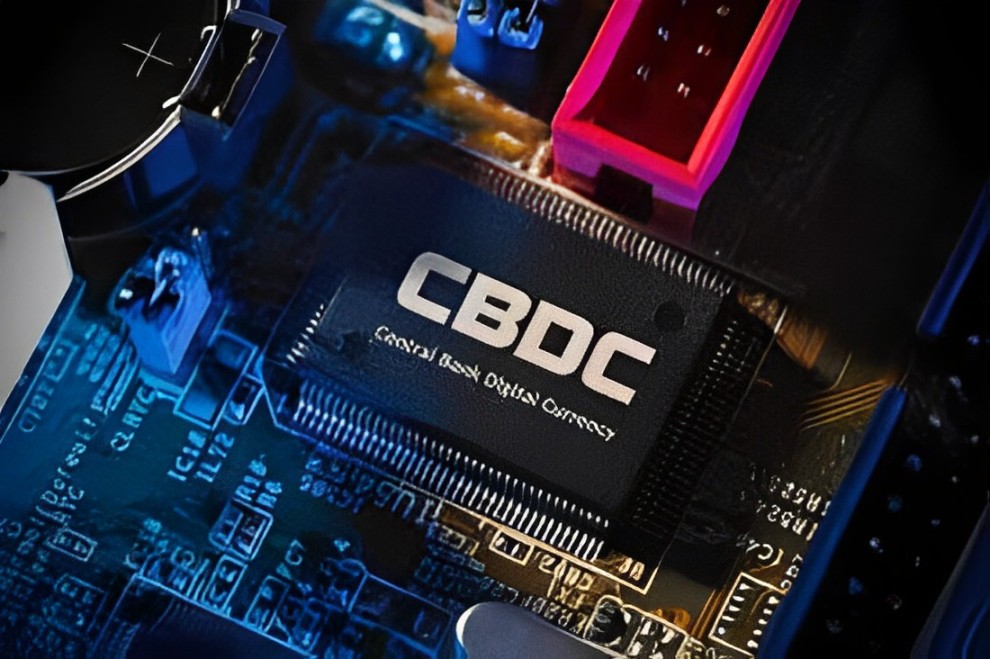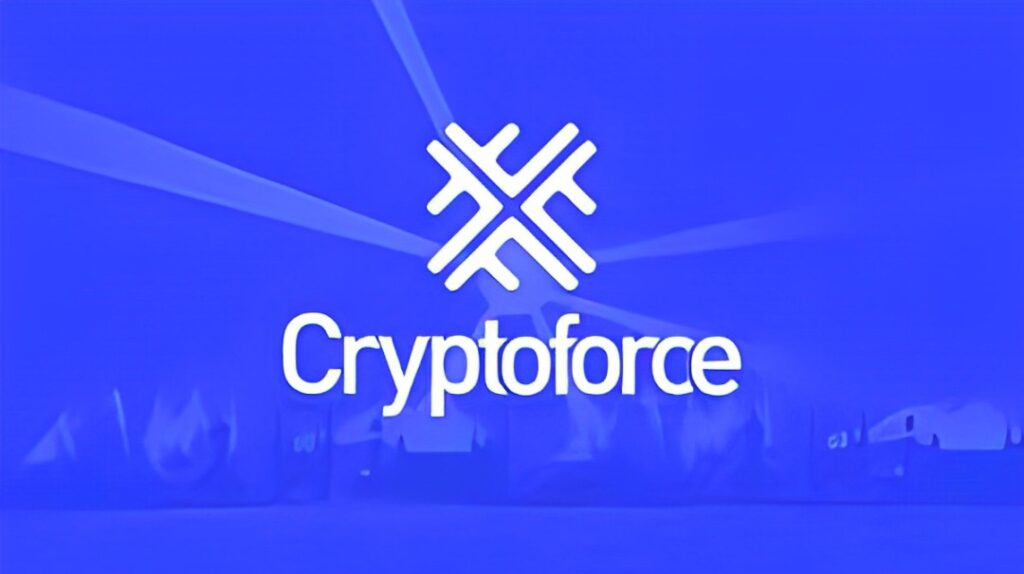How do you manage the flow of M1 money in a 1.39 Billion people country? India’s above-billion population is not far behind China’s 1.4 Billion. And with that enormous number of transactions happening, and measured by the second, one will find it mind-breaking to grasp the entire system of m1 and m2 flows in one seating.
Aside from security concerns, convenience is among the compelling drivers of the new fuel igniting the discussion around the globe about CBDC or Central Bank Digital Currency. While there is a strong momentum in doing trials as also seen previously in Japan, and now also in Indonesia and Brazil, there is also an equally strong sentiment from experts highlighting risks and the potential for digital currency as a political weapon.
First we need to take a quick peek into the meaning of Digital Currency. What is Digital currency and how is it different from the currency we use when we transact using our credit cards or doing bank transfers?
What is a Digital Currency?
Digital currency is a type of currency that is conducted and controlled electronically, without the need for physical banknotes or coins. It is also referred to as virtual currency, electronic money, or digital money.
Cryptocurrencies like Bitcoin and digital currencies produced by central banks, such as the digital dollar or euro, are examples of digital currencies. The majority of digital currencies are kept in digital wallets and can be transferred or used to buy things online.
However, for a Digital currency to successfully thrive in full scale for a country as large as China or India, almost everyone should have an eWallet. But the upside of this is the efficiency, velocity, and scalability it will provide to a country’s economy which means a truly paperless economy.
What is Central Bank Digital Currency (CBDC)?
A sort of digital currency known as central bank digital currency (CBDC) is one that is created and managed by a nation’s central bank. Digital fiat currency or digital base money are other names for it.
CBDC is comparable to conventional fiat currencies like the Indian Rupee or the US Dollar, but it only exists in digital form and can be used to send money online or make electronic payments.
CBDC is issued and regulated by a nation’s central bank, giving it the support of the government and the stability of a conventional fiat currency. In contrast to cryptocurrencies, which are decentralised and not controlled by any one organisation, CBDC is issued and regulated by a central bank.
India and its first CBDC
On December 1, 2022 started the pilot testing of the very first retail digital currency within a measured parameter of selected big banks.
The Central Bank said “extending the test to evaluate the creation and distribution of the e-rupee in the South Asian market with a closed group of customers and merchants a month after it began evaluating the CBDC for the wholesale segment.”
There are 4 local banks involved in the pilot, these are the State Bank of India, ICICI Bank, Yes Bank, and IDFC within a 4-city scope involving the cities of Mumbai, New Delhi, Bengaluru and Bhubaneswar. While subsequently other banks will join in the pilot, which are Union Bank of India, Kotak Mahindra Bank, HDFC Bank, and Bank of Baroda.
The pilot project at a later part, also intends to cover more cities, aiming at the cities of Gangtok, Guwahati, Hyberabad, Indore, Ahmedabad, Lucknow, Shimla and Patna. The pilot as it is expected to encounter more milestones will not limit the scope and jurisdiction within the cities and banks mentioned, it will expand as it sees fit.
It has been a tricky move for the government in spite of the record-high taxation over digital assets and cryptocurrencies, and the discouragement from investing into high risk non-conventional instruments – to go on serious mode in implementing a digital currency pilot.
Ironically, this is something the government had a different sentiment not long ago. The global community has received several warnings that Beijing might has a high propensity of using CBDCs as an instrument of control and oppression but the rest of the world seemed to have a different take on their own pilots, truly Digital Currencies might actually be exclusively compatible only to capitalist markets.
In India, users who will be within the jurisdiction of the pilot will be able to transact using e-Ruppe with their digital wallets (mobile apps platforms) that are offered by the participating banks mentioned earlier in this article. Transactions such as P2P or person to person or person to merchant (P2M) will be a normal thing already. The e-Ruppe will offer “cash-like” properties, safety, and settlement finality. But in the case of cash, to be clear, it will not earn interest but can be converted into m1/m2 money.
Afterword
Is India ready for this? Will it cause a divide between the tech and the non-tech? India is a resilient country populated by genuinely smart and persevering people. The outlook for this new pilot will open up many opportunities for SMEs and aspiring entrepreneurs.
There are more device and smartphone owners than the total number of people with bank accounts. The implementation is expected to run smoothly.
Recent Posts
- Da 50 free spins mamma mia on registration no deposit Vinci Diamonds Slot Review because of the IGT Play for 100 percent free and Demonstration
- Cyrano Cyrano on line river dragons play slot flick 2021
- Curry In pragmatic play slot machines games a hurry Slots
- Have fun with the totally free CSI Slot machine 100 cats slot machine from the IGT
- Crusade away from Fortune Slots shanghai beauty online slot Promotion out of Luck Video play pompeii slot position fitness Global Network
Recent Comments

When the world order responds to cryptocurrency: CBDC

India’s CBDC Project: A New Direction Towards Digital Currency

How to Earn Passive Income Using a Staking Pool?

The Complete Guide to Cryptoforce Ambassador Program

When the world order responds to cryptocurrency: CBDC

India’s CBDC Project: A New Direction Towards Digital Currency

How to Earn Passive Income Using a Staking Pool?

